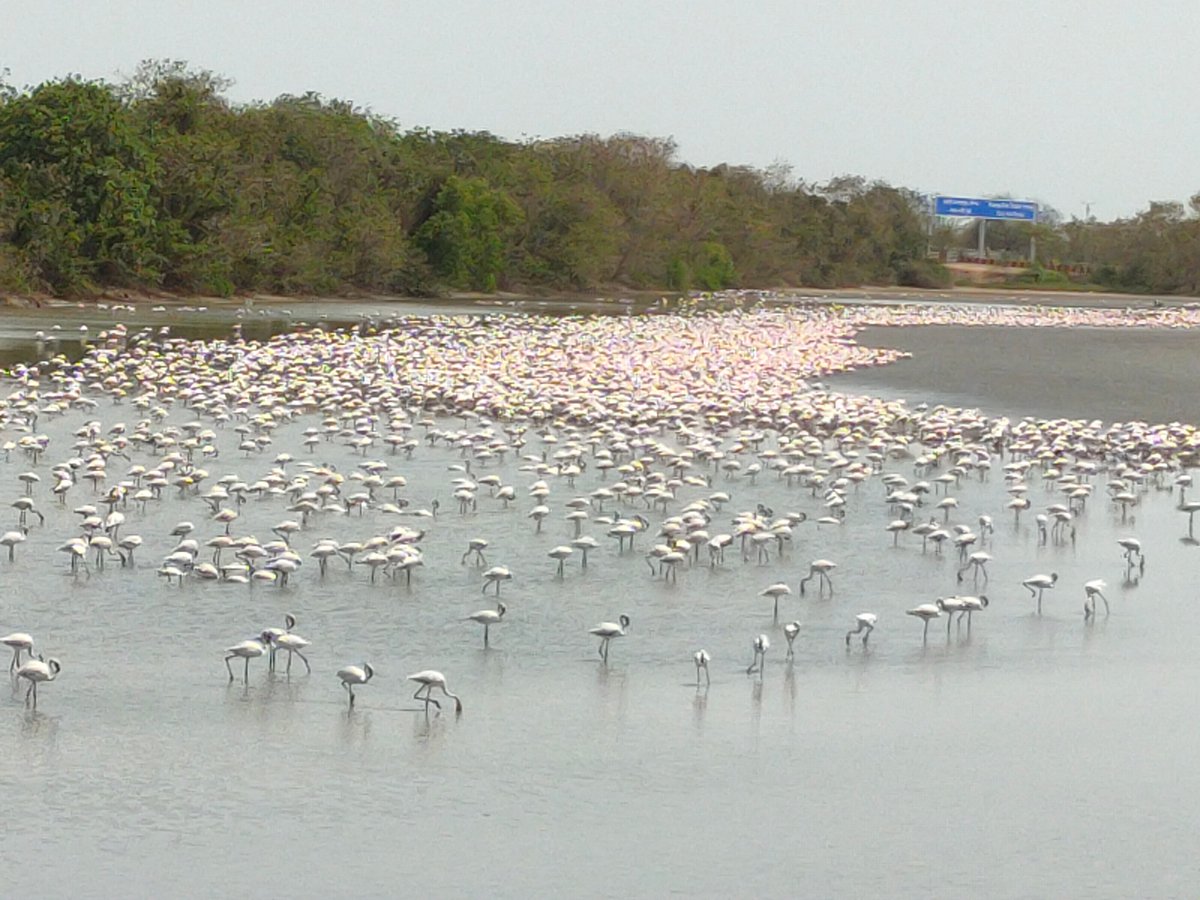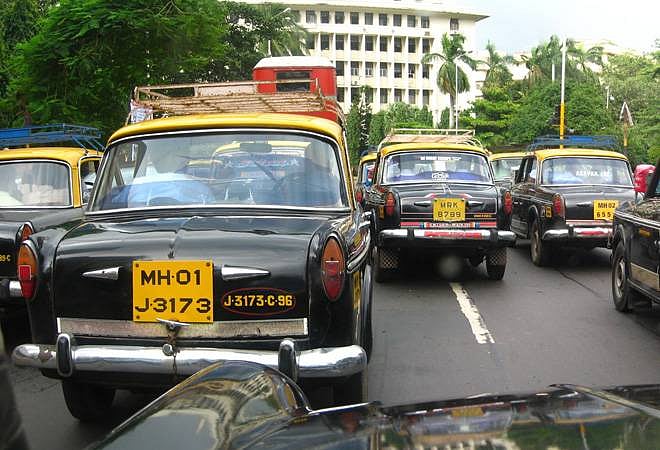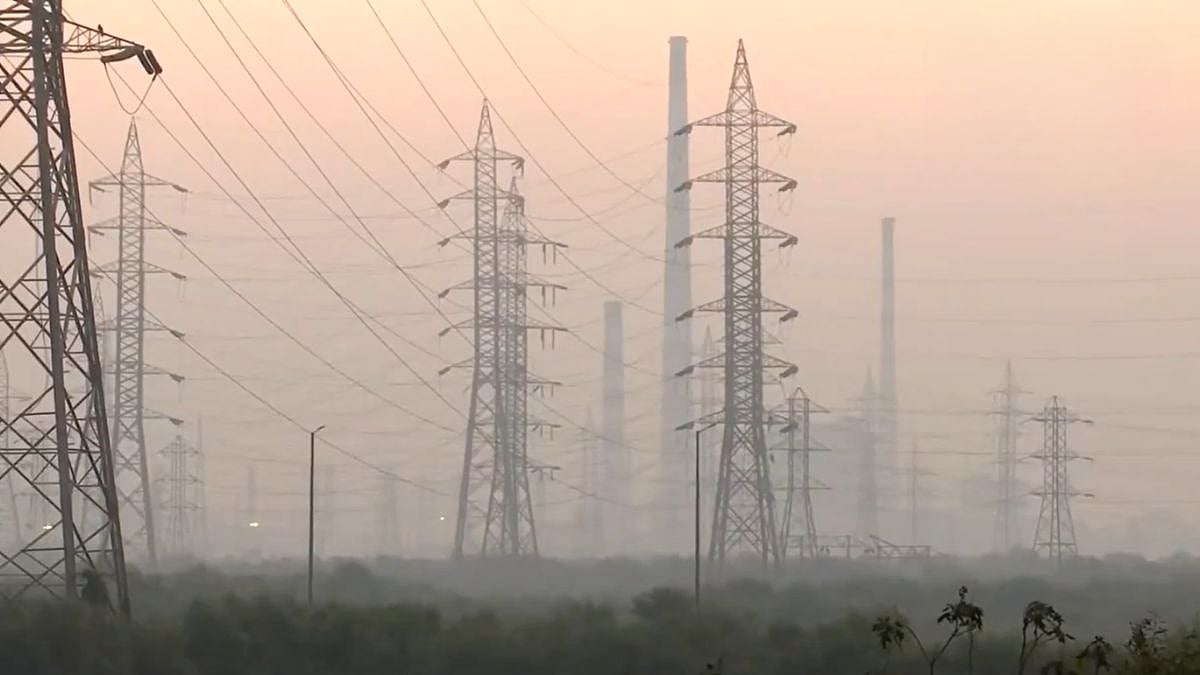While six months long flamingo season in Mumbai especially in the Mumbai Metropolitan Region (MMR) is getting over, the year 2021-22 will be remembered for a large number of presences of the migratory bird. Between December 2021 and March 2022, the Thane Creek Flamingo Sanctuary (TCFS) witnessed 1,33,000 flamingos which is said to be the highest so far.
As per the Bombay Natural History Society (BNHS), a pan-India wildlife research organisation, which has been tracking and tagging flamingos since 2018, there is a gradual rise in the number of Flamingos at TCFC. It says that it will be important how the trend will be seen in the next couple of years. However, the highest number of greater flamingos have been recorded across MMR in 2021-2022 since monitoring of these birds began, say researchers from BNHS.
“Of the six species of flamingos in the world, two are found in India: the tallest of them, the greater flamingo (Phoenicopterus roseus) and the smallest one, the lesser flamingo (Phoeniconaias minor),” said Siddhesh Surve from Mangrove Foundation. He added that the majority of flamingos that come to Mumbai are lesser flamingos, while the rest are the greater flamingos.
“BNHS’ annual flamingo monitoring exercise was undertaken this year in the month of March-April 2022 for the first time since 2018 owing to successive lockdowns due to the Covid-19 pandemic in 2020 and 2021. Approximately 1,33,000 flamingos were observed this year (during April) across the Thane Creek Flamingo Sanctuary (TCFS), Sewri-Nhava, and adjacent zones,” said the deputy director at BNHS. In comparison, 1,03,000 flamingos were spotted in 2020-21 (during February), 96,400 during 2019-20 (February), and 1,20,000 during 2018-19 (March).
As per the data shared by BNHS, between December 2021 and March 2022, TCFS witnessed 54,000 Greater flamingos while Sewri and Nhava saw 17,000 and 227 respectively.
“Last couple of years we observed, a smaller number of Greater flamingos one of the reasons might be our inability to conduct surveys during March to May, due to the pandemic restrictions. The highest number of flamingos is generally observed during these three months,” said Khot, adding that his team is currently investigating the reasons for this sharp increase.
Flamingos usually visit MMR wetlands from November to May mostly for feeding purposes from breeding sites in the Gujarat region as well as Iran. Migration starts after the monsoon when water-filled regions start drying up. However, owing to the good availability of water over the past few years through winter, arrivals have been delayed.









